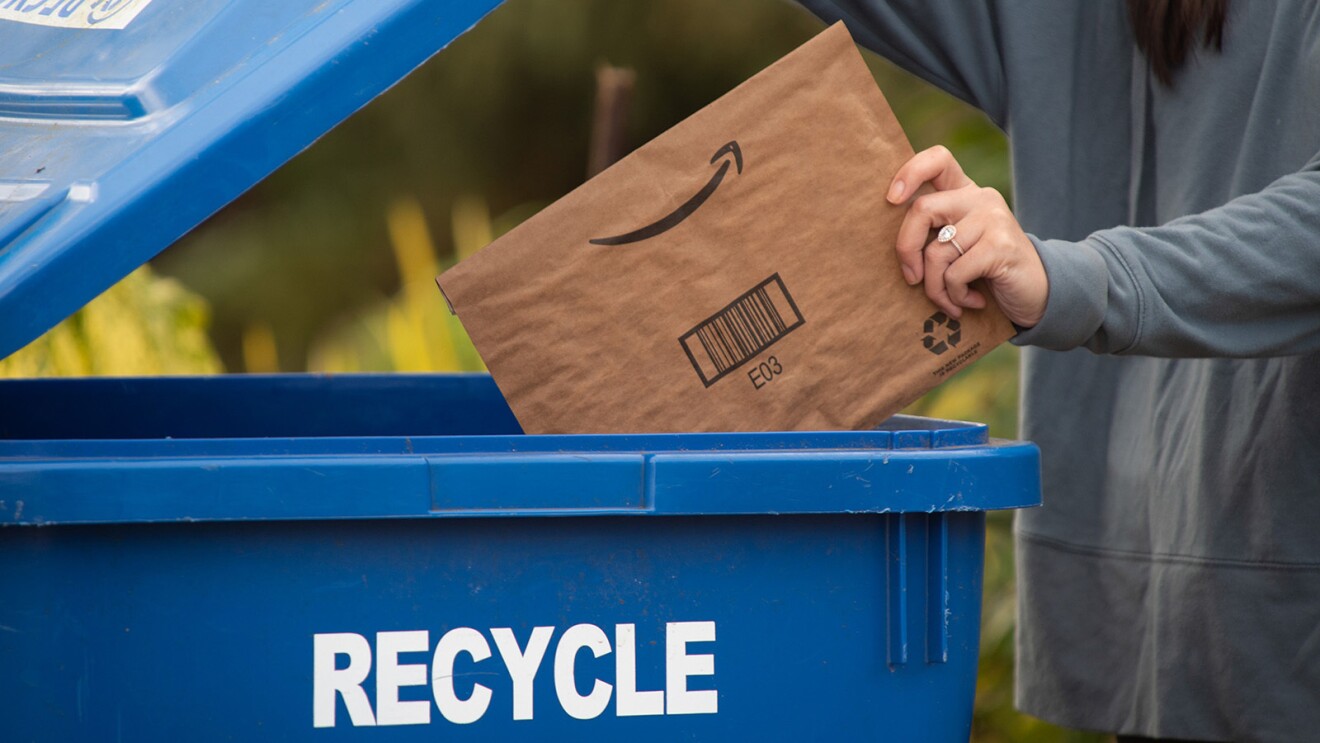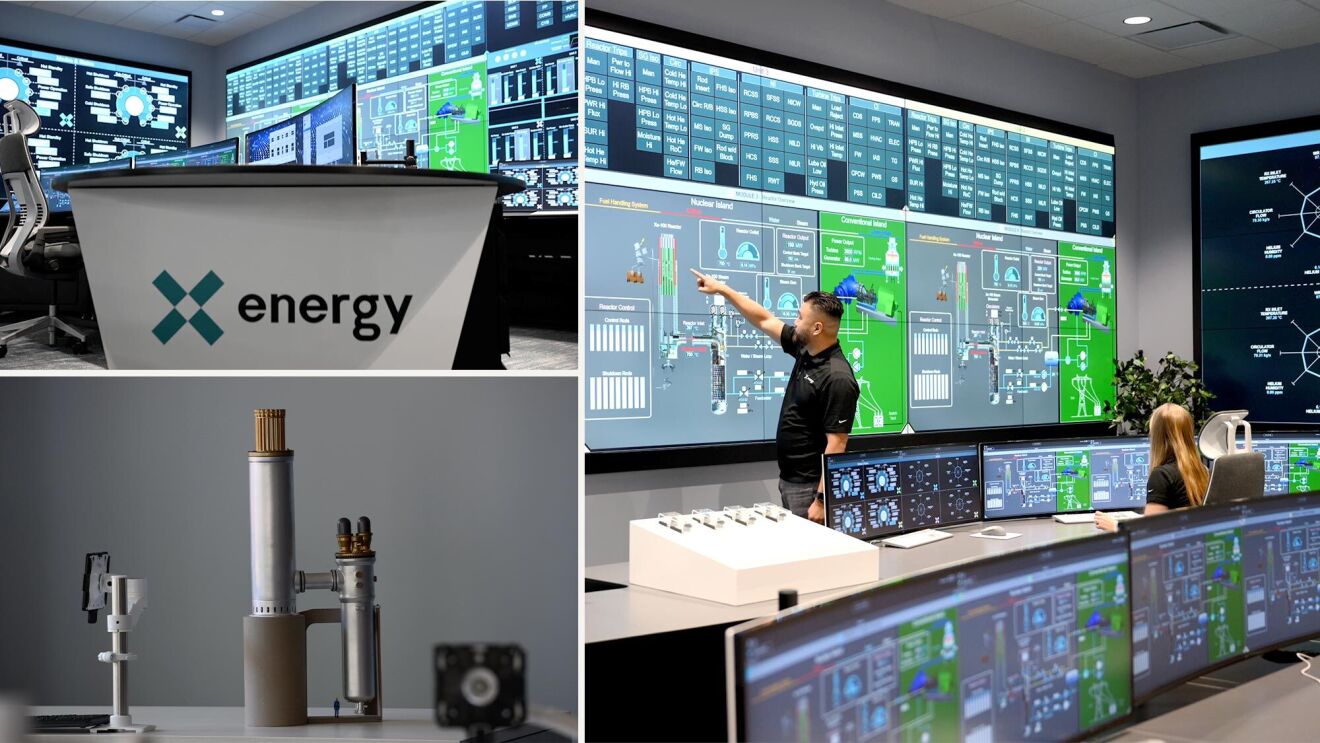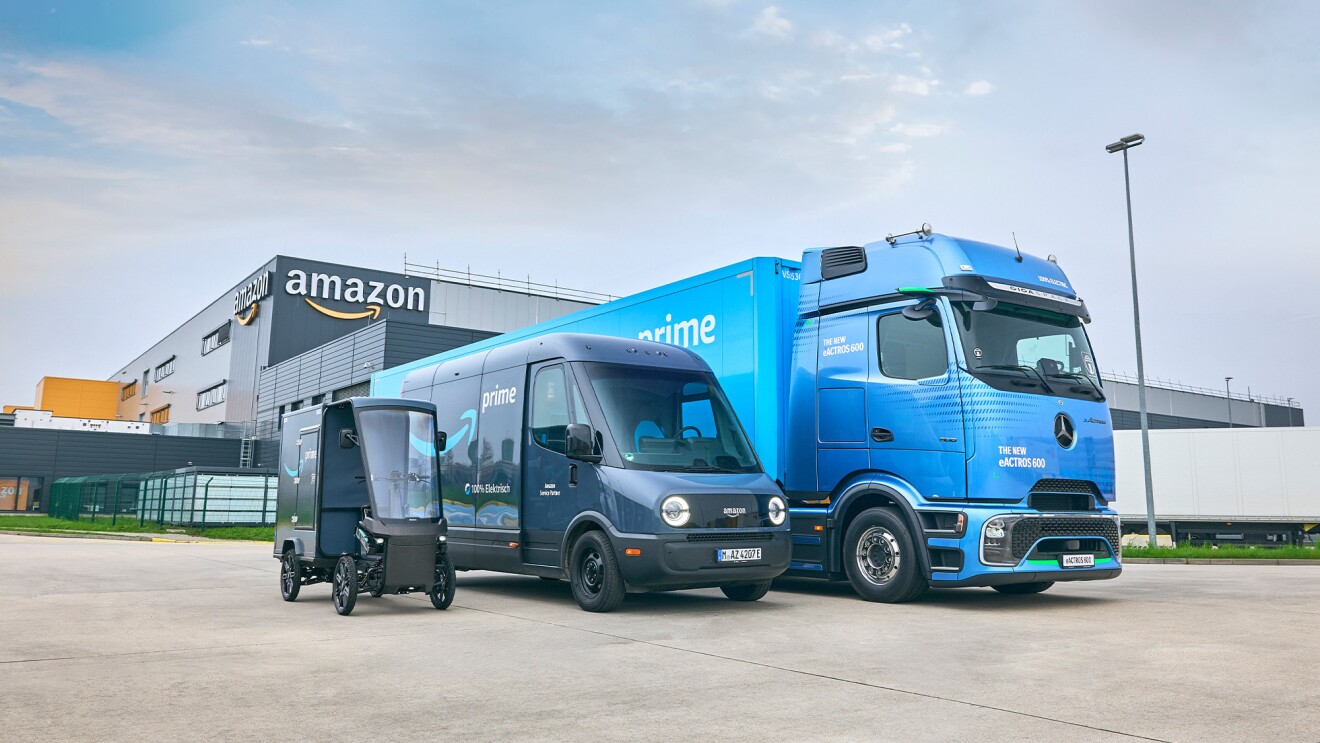I am Zegale Talmadge, better known as "Z" in the Day 1 building at the Puget Sound headquarters, and I'm an intern working on Amazon Web Services (AWS) sustainability topics.
Coming up on the end of my internship, I’ve learned a lot about Amazon’s approach to sustainability (and as you might imagine, that’s involved plenty of reading and writing). I have learned that Amazon’s sustainability commitments include reaching net-zero carbon by 2040, and that it’s on a path to powering its operations with 100% renewable energy by 2025, five years ahead of its 2030 goal. In addition, AWS is committed to becoming water positive by 2030 (“water positive” is explained below). The latest Sustainability Report outlines the strides we have made toward achieving these goals, but reading it also highlighted a challenge—understanding all the sustainability terms and lingo.
But it also sparked an idea.
I decided to take six terms related to Amazon’s sustainability goals and simplify them, so more About Amazon readers can understand them no matter their level of expertise. These terms are essential to what Amazon is doing to continue to be a sustainable business, and simplifying them will help a greater audience understand, interpret, and apply the knowledge in their own lives. I hope my explanations of these terms help you understand what they mean, how they are used, and how we are making every day better for our customers, our employees, our communities, and our planet.
Energy efficiency

“Energy efficiency” is a term commonly used at AWS and is a major focus for how AWS runs its business. Fundamentally, energy efficiency is doing the same tasks that you usually do—just using less energy. If I were to compare this to anything, it’d be shooting a free-throw in basketball. You can either jump, which requires more energy, or not jump, using less energy, while still making the shot and using energy more efficiently. The same concept applies to our business operations. AWS increases energy efficiency when it comes to how they operate their data centers, from cooling techniques to the innovative server designs they provide to their customers. In fact, AWS's infrastructure is 3.6 times more energy efficient than the median of U.S. enterprise data centers. AWS remains focused on improving efficiency in every aspect of their infrastructure.
Embodied carbon

AWS’s effort to reach net-zero carbon by 2040 includes reducing the amount of embodied carbon in our new data centers. “Embodied carbon” means the carbon emissions released during the lifecycle of building materials, including extraction, manufacturing, transportation, construction, and disposal. Materials like concrete, steel, servers, and insulation contribute to embodied carbon emissions from construction of our data centers. The easiest way to think about embodied carbon in terms of data centers is like gathering ingredients for a salad. Energy (carbon) is released from walking, carrying, and delivering groceries (concrete, steel, etc.) to your home and the construction of the salad (data centers).
Lower-carbon concrete and steel
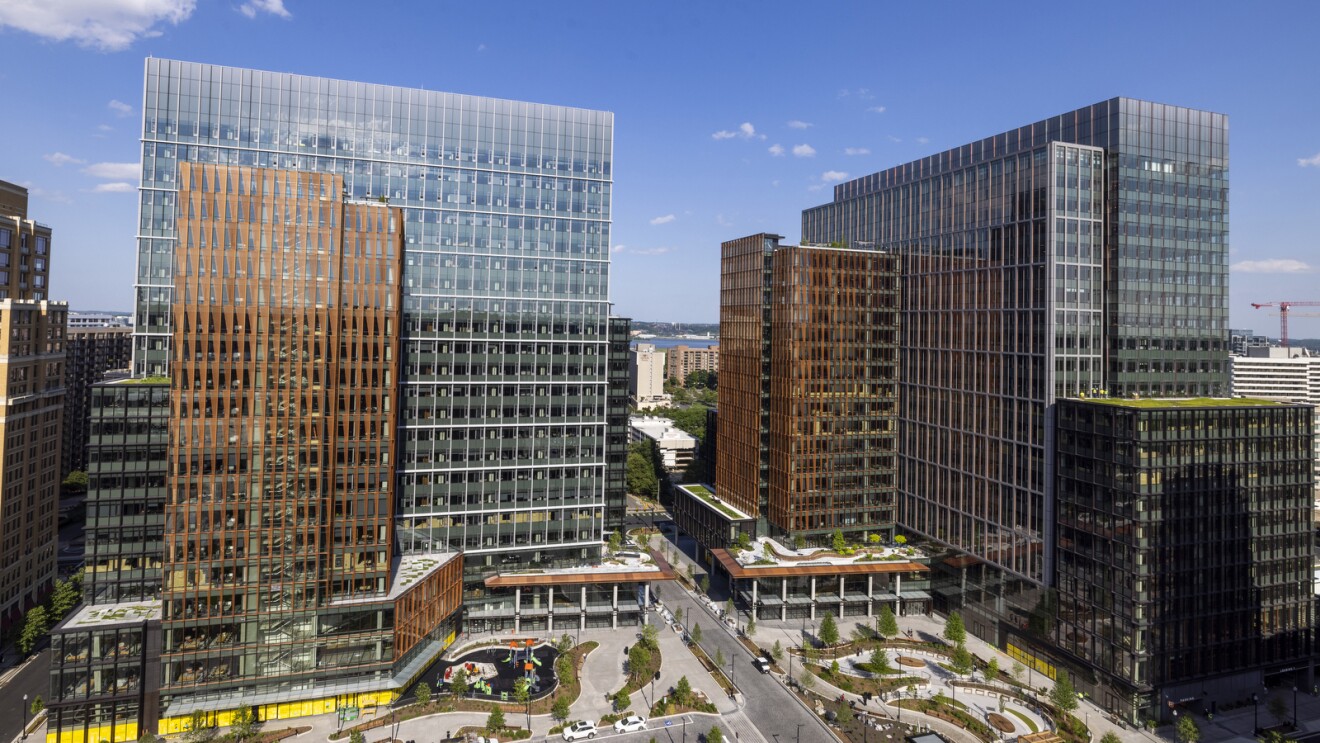
AWS combats embodied carbon by using materials like lower-carbon concrete and steel. These materials help lower the carbon footprint resulting from constructing their data centers and other Amazon projects, such as HQ2. Globally, in 2022, AWS completed the construction of 16 data centers using lower-carbon concrete and 10 data centers using lower-carbon steel. AWS expects these numbers to grow considerably in 2023. The manufacturing of lower-carbon concrete and steel produced less carbon dioxide (CO2), while providing most of the same benefits and opening up new opportunities to build infrastructure more sustainably.
Hydrotreated vegetable oil
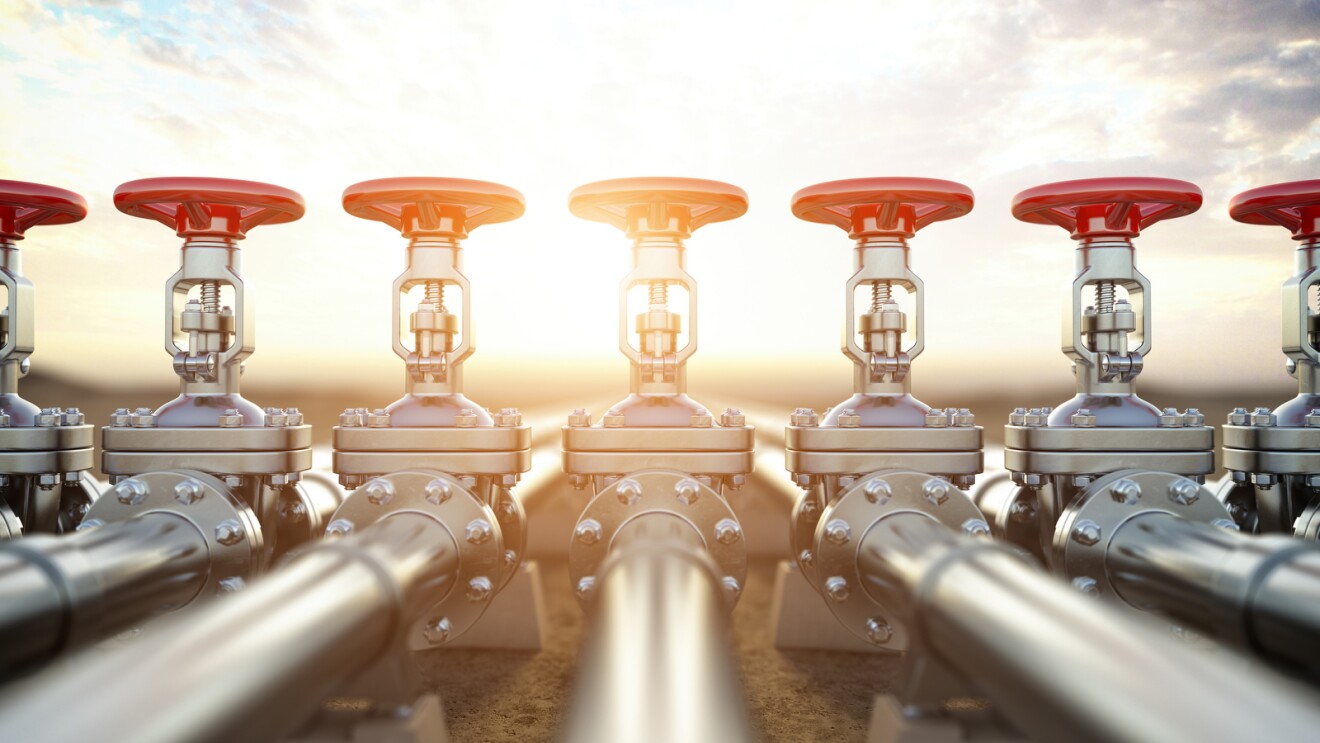
AWS is using HVO to fuel backup generators at some data centers in the European Union, including Sweden and Ireland. HVO can reduce greenhouse gas emissions by 90%, and is the key to replacing biodiesel, because of its versatility and compatibility with industrial machinery. But what is HVO? HVO is a renewable, biodegradable, and nontoxic fuel derived from cooking, vegetable, plant, and residue oils. It is seen as an environmentally friendly alternative to other fuels.
Circular economy
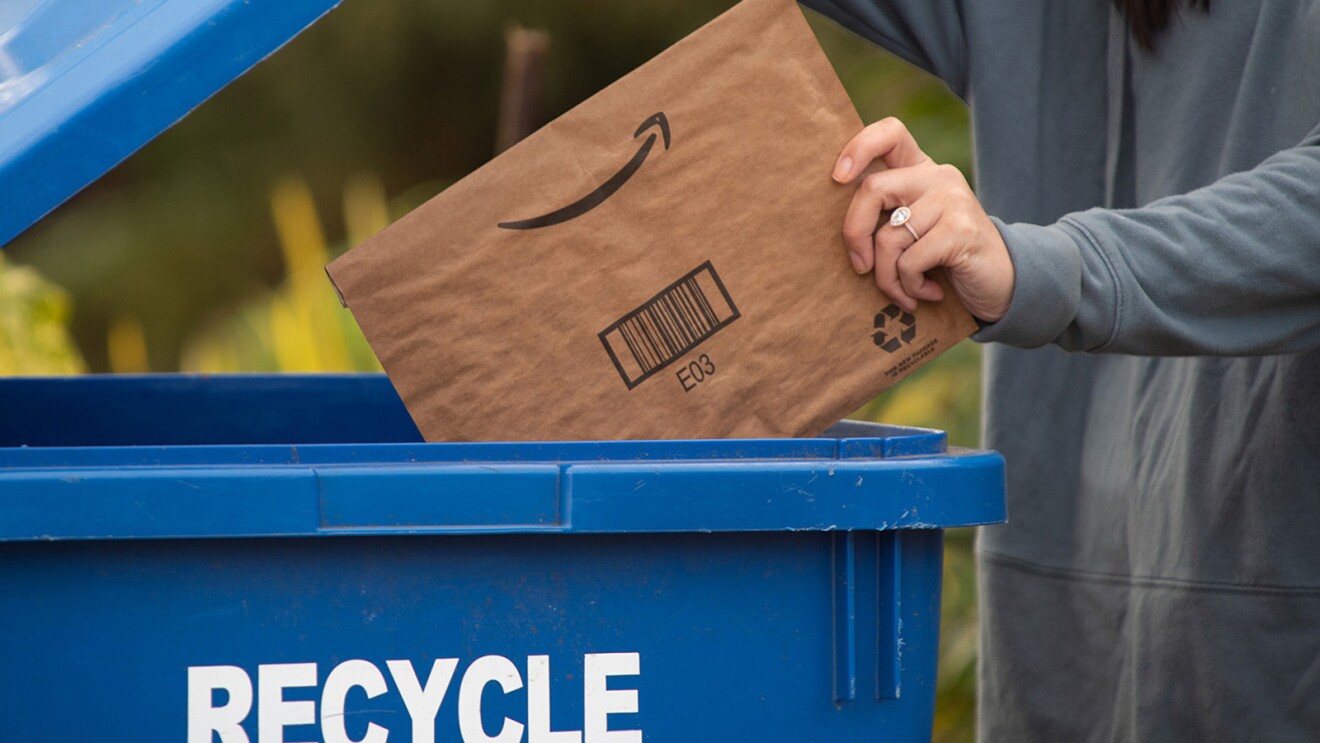
Fundamentally, circular economy refers to the ability to reuse and keep materials in use for a longer period of time. By investing in a circular economy, AWS is reducing waste and lengthening their technology's lifespan to help move closer to a circular economy. AWS embraces three circular economy principles: Design reusable and lower carbon server rack systems, keep equipment operating efficiently, and recover value from securely decommissioned equipment through reuse, repair, and recycling. By keeping resources at their highest value for as long as possible and reducing the use of raw materials and carbon emissions across their supply chain, AWS is putting practices in place to help them meet their goal of reaching net-zero carbon by 2040.
Water positive

AWS will be water positive by 2030, returning more water to communities than it uses in its direct operations. They’re already well on the path to this goal, innovating to lower water use across facilities by using cloud technologies to continually improve water efficiency and investing in projects that deliver water back to communities.
To be water positive, you need to give more water back to the community than you use (e.g., if you use 20 gallons of water to wash your car, you need to return at least 21 gallons of water back to the community to be water positive). AWS works with customers, organizations, and partners to help communities suffering from water shortages, and they are making positive impacts in areas where their AWS data centers reside, including several AWS-funded replenishment projects in India. Returning water to communities might be fixing leaky pipes to help prevent water loss or helping families access drinking water. At AWS, being water positive is more than just an aspiration—it’s a promise to communities across the globe.
While these six terms are an important part of Amazon’s process, they are only a small part of what Amazon is doing to meet their sustainability goals. I invite you to continue to learn more about Amazon’s sustainability efforts in the 2022 Sustainability Report.






